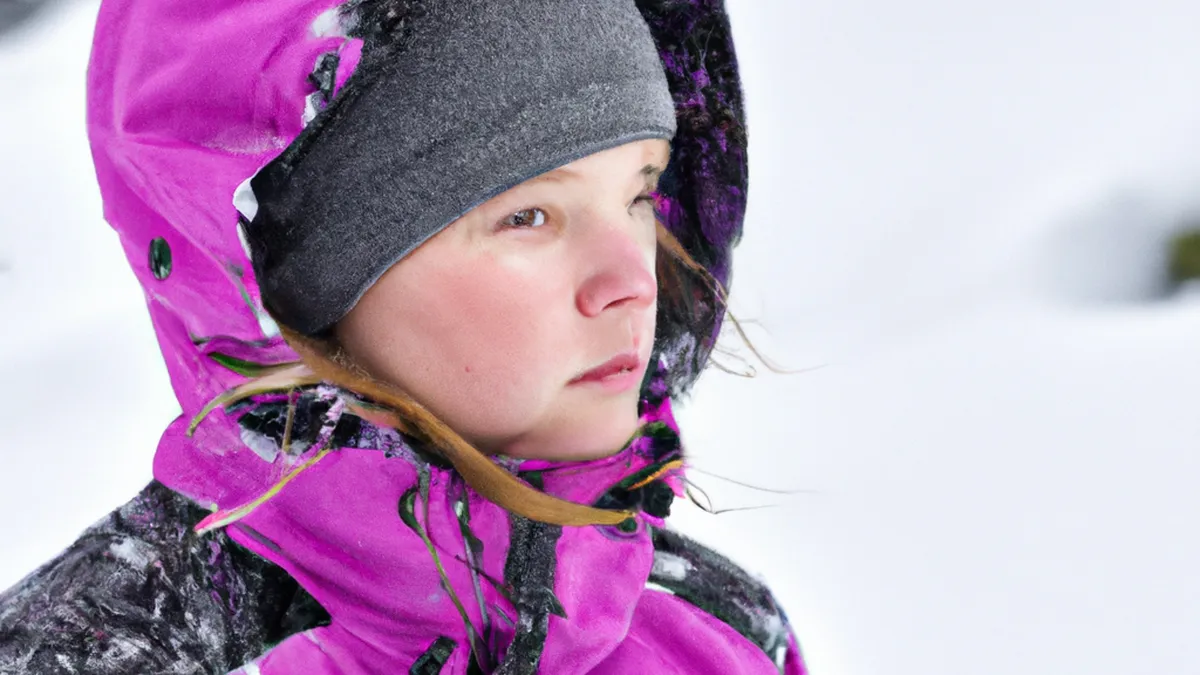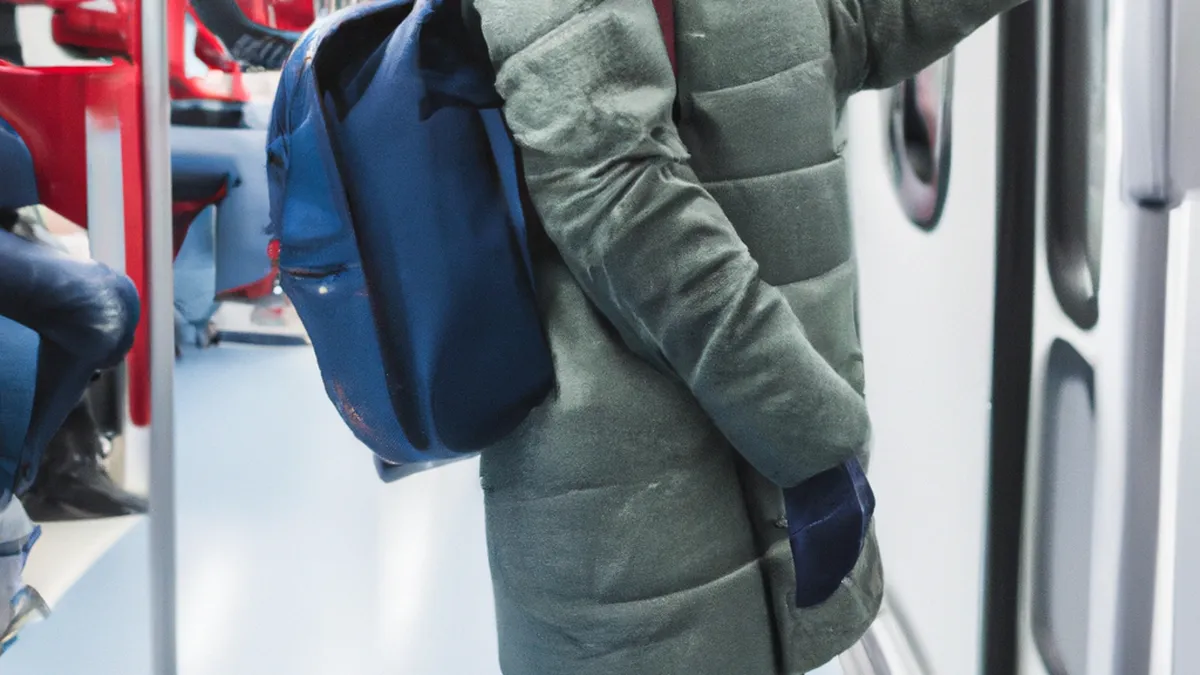Ready, Set, Winter: Safe Outdoor Practices
Injury Prevention in Cold ClimatesCold weather presents challenges that can cause injuries. Slippery sidewalks, icy roads, and freezing temperatures create hazards. You can minimize risks with knowledge and precautions. This blog explores strategies for preventing injuries during winter months.
Understand the Risks of Cold Weather
Cold weather risks include slips, falls, and cold-related injuries.
Slips and Falls
Slips and falls cause over 1 million emergency room visits each year, according to the National Safety Council. Ice forms on sidewalks, driveways, and parking lots, creating hazardous surfaces. A thin layer of ice can remain nearly invisible, leading to unexpected slips. Recognizing these dangers helps mitigate risks.
Frostbite and Hypothermia
Cold weather can also lead to serious conditions like frostbite and hypothermia. Frostbite occurs when skin and tissues freeze, often affecting fingers, toes, and earlobes. Symptoms include numbness, tingling, and discoloration. Hypothermia happens when the body loses heat faster than it can produce it, dropping body temperature to dangerous levels. Symptoms include shivering, confusion, drowsiness, and loss of consciousness. Promptly addressing both conditions is crucial for safety.
Tips for Injury Prevention
As an Amazon Associate I earn from qualifying purchases.
Gear tip: consider running headlamp, thermal gloves, and cooling towel to support this topic.
Stay safe in cold climates with preparation and awareness. Here are practical tips to avoid injuries this winter.
Dress Appropriately
Dressing for cold weather reduces your risk of frostbite and hypothermia. Layer your clothing to maintain warmth and flexibility. Wear moisture-wicking fabric next to your skin to manage sweat. Add insulating layers like fleece or wool to trap heat. Finally, use a waterproof outer layer to block wind, snow, and moisture. Don’t forget warm socks, gloves, and a hat, as exposed extremities are vulnerable. Proper attire enhances comfort and safety.
Choose the Right Footwear
Select appropriate footwear to prevent slips and falls. Opt for boots with good traction and stability. Waterproof boots with rubber soles and deep treads work well in icy conditions. Avoid high-heeled shoes or smooth-soled footwear, as these increase the likelihood of slipping. The right shoes boost your confidence and safety on icy surfaces.
Be Cautious Outdoors
When navigating outdoors, always remain vigilant.
Conclusion
Stay informed and prepared to enjoy winter safely. Implement these strategies to prevent injuries and embrace the season.
Below are related products based on this post:
FAQ
What are the main risks associated with cold weather?
Cold weather presents several risks, including slips, falls, and cold-related injuries like frostbite and hypothermia. Slippery surfaces caused by ice can lead to unexpected accidents, while prolonged exposure to cold can severely affect body temperature and skin health. Understanding these risks can help individuals take necessary precautions.
How can I prevent slips and falls during winter?
To prevent slips and falls, it is essential to choose footwear with good traction and stability. Waterproof boots with deep treads are particularly effective in icy conditions. Additionally, being aware of your surroundings and avoiding high-heeled or smooth-soled shoes can significantly reduce the risk of accidents.
What should I wear to stay safe in cold climates?
Dressing appropriately for cold weather is crucial for safety. Layering clothing helps maintain warmth, while moisture-wicking fabrics manage sweat. Insulating layers like fleece or wool, combined with a waterproof outer layer, provide protection against wind and moisture, helping to prevent frostbite and hypothermia.















Post Comment